Home>Furniture & Design>Bathroom Accessories>What Is A Bathtub?
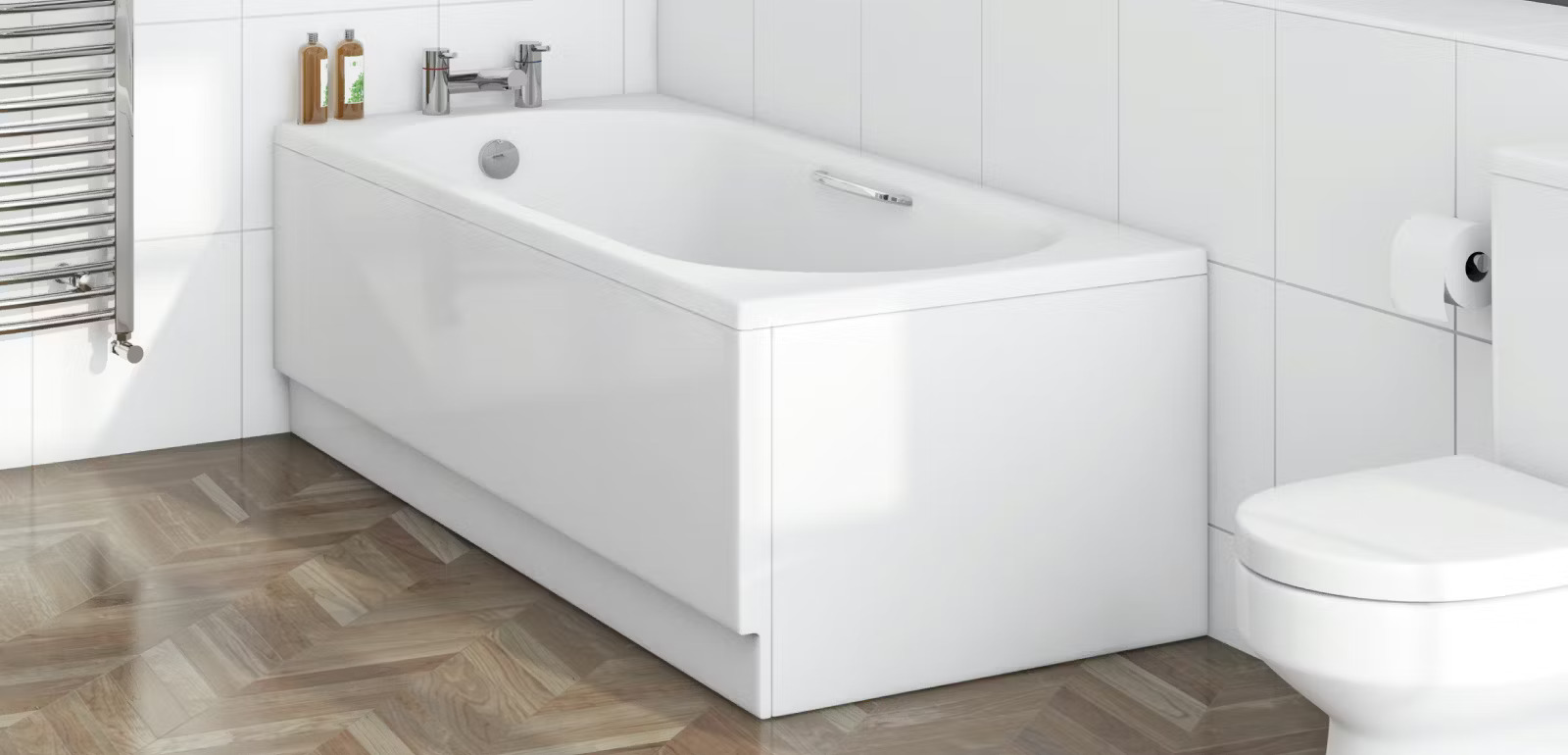

Bathroom Accessories
What Is A Bathtub?
Modified: March 25, 2024
Discover the perfect bathroom accessories for your bathtub. Explore a range of stylish and functional options to enhance your bathing experience. Shop now!
(Many of the links in this article redirect to a specific reviewed product. Your purchase of these products through affiliate links helps to generate commission for Storables.com, at no extra cost. Learn more)
Introduction
The bathtub is a quintessential fixture in any modern bathroom, offering a sanctuary for relaxation and rejuvenation. It is a vessel designed for bathing, providing a space for individuals to immerse themselves in warm water, unwind, and wash away the stresses of the day. The evolution of bathtubs has seen them transcend their utilitarian purpose to become a symbol of luxury and self-care.
From the traditional clawfoot tubs to the sleek and contemporary freestanding models, bathtubs come in a myriad of designs, shapes, and materials, catering to diverse preferences and interior aesthetics. Whether it's a quick soak to unwind after a long day or a leisurely bath to indulge in some self-pampering, the bathtub offers a versatile and indulgent bathing experience.
The allure of bathtubs extends beyond their functional aspect, as they serve as a focal point in bathroom design, contributing to the overall ambiance and visual appeal of the space. With the advancement of technology and innovative design concepts, modern bathtubs are equipped with features such as hydrotherapy jets, chromatherapy lighting, and ergonomic contours, elevating the bathing experience to new heights of luxury and comfort.
As we delve into the world of bathtubs, it becomes evident that they hold a significant place in the realm of self-care and well-being. Whether it's the classic elegance of a cast iron tub or the contemporary sophistication of an acrylic soaking tub, the bathtub remains an indispensable element in creating a tranquil and rejuvenating bathroom environment.
Key Takeaways:
- Bathtubs offer more than just a place to get clean – they provide relaxation, muscle therapy, and a spa-like experience. They’ve been around for centuries and continue to be a symbol of luxury and self-care in modern bathrooms.
- Choosing the right bathtub involves considering types, materials, installation, and maintenance. From alcove to freestanding, and acrylic to cast iron, there’s a perfect bathtub for every bathroom and lifestyle.
Read more: What Is A Drop-In Bathtub?
History of Bathtubs
The history of bathtubs dates back to ancient civilizations, where bathing rituals held cultural and religious significance. In ancient Greece, communal bathing was a social practice, and public bathhouses, or "balaneia," were integral to daily life. The Romans also embraced the importance of personal hygiene and built elaborate public baths, complete with hot and cold pools, saunas, and exercise areas. These early forms of communal bathing laid the foundation for the concept of personal cleanliness and relaxation.
During the Middle Ages, the practice of bathing waned in Europe due to religious beliefs and the fear of illness. However, in the 17th century, the popularity of private bathing resurged, and the first freestanding bathtubs, often made of wood or metal, emerged as a symbol of luxury and status. The design of these early bathtubs was rudimentary, resembling large, elongated containers that were filled with water manually.
The 19th century witnessed significant advancements in bathtub design and manufacturing. The introduction of cast iron bathtubs revolutionized the industry, offering durability and a more refined aesthetic. The iconic clawfoot tub, with its ornate feet and elegant silhouette, became a hallmark of Victorian-era opulence.
The 20th century brought about further innovation, with the advent of enameled steel and acrylic materials, leading to the production of lighter and more affordable bathtubs. The mid-century saw the rise of built-in tubs, which became a standard feature in residential bathrooms, catering to the growing demand for convenience and space-saving solutions.
In recent decades, the evolution of bathtubs has been marked by a fusion of traditional craftsmanship and modern technology. Contemporary bathtubs are designed to offer enhanced comfort and functionality, with features such as whirlpool jets, air massage systems, and ergonomic shapes that cater to diverse preferences and wellness needs.
Today, the history of bathtubs continues to unfold, with a focus on sustainability and eco-friendly materials driving innovation in bathtub design. From classic clawfoot tubs that evoke nostalgia to cutting-edge, minimalist soaking tubs, the evolution of bathtubs reflects the enduring appeal of bathing as a ritual of self-care and relaxation.
Types of Bathtubs
When it comes to choosing a bathtub, the options are abundant, catering to diverse preferences, spatial considerations, and design aesthetics. Understanding the various types of bathtubs is essential for making an informed decision that aligns with both functional and stylistic requirements. Here are some popular types of bathtubs:
-
Alcove Bathtubs: These are the most common and space-efficient bathtubs, designed to fit into a three-wall enclosure. Alcove bathtubs are ideal for smaller bathrooms and are often combined with a shower to maximize utility in limited spaces.
-
Freestanding Bathtubs: Exuding elegance and luxury, freestanding bathtubs stand independently, showcasing their sculptural beauty. These tubs serve as striking focal points in bathrooms, offering versatility in placement and allowing for creative design expressions.
-
Drop-In Bathtubs: Designed to be "dropped into" a platform or custom surround, drop-in bathtubs create a seamless and integrated look. They are favored for their flexibility in terms of customization and can be paired with various materials to complement the overall bathroom design.
-
Corner Bathtubs: As the name suggests, corner bathtubs are specifically crafted to fit snugly into a corner of the bathroom. These tubs are an excellent choice for optimizing space and can add a unique architectural element to the room.
-
Clawfoot Bathtubs: Reflecting vintage charm and timeless elegance, clawfoot bathtubs feature ornate feet that elevate the tub off the floor. These iconic tubs are synonymous with luxury and are available in a range of materials, from classic cast iron to modern acrylic.
-
Soaking Bathtubs: Designed for deep immersion, soaking bathtubs prioritize comfort and relaxation. They are characterized by their generous depth, allowing bathers to submerge themselves fully and experience a luxurious, spa-like bathing experience.
-
Whirlpool Bathtubs: Incorporating therapeutic jets that create a swirling water massage, whirlpool bathtubs offer a rejuvenating hydrotherapy experience. These tubs are favored for their ability to soothe muscles and provide a therapeutic bathing experience.
-
Walk-In Bathtubs: Catering to individuals with mobility challenges, walk-in bathtubs feature a door for easy entry and exit, along with built-in seating and safety features. These bathtubs prioritize accessibility and are designed to accommodate diverse mobility needs.
Each type of bathtub brings its own set of advantages and aesthetic appeal, allowing homeowners to personalize their bathing spaces according to their lifestyle and design preferences. Whether it's the classic elegance of a clawfoot tub or the contemporary allure of a freestanding soaking tub, the diverse array of bathtub types ensures that there is a perfect option for every bathroom setting and personal taste.
Materials Used in Bathtub Construction
The choice of materials plays a pivotal role in determining the durability, aesthetics, and overall performance of a bathtub. Various materials are utilized in bathtub construction, each offering distinct characteristics and benefits. Understanding the properties of these materials is essential for selecting a bathtub that aligns with both functional and design requirements.
-
Acrylic: Acrylic is a popular material for bathtubs due to its versatility and affordability. It is lightweight, making it easier to install, and offers a wide range of shapes and sizes. Acrylic bathtubs are known for their glossy finish, excellent heat retention, and resistance to stains and fading. Additionally, they can be easily repaired if scratched or chipped, contributing to their long-term appeal.
-
Fiberglass: Fiberglass-reinforced plastic is another common material used in bathtub construction. It is lightweight, cost-effective, and can be molded into various shapes and designs. Fiberglass bathtubs are valued for their ease of maintenance and resistance to cracking. However, they may be prone to scratching and are not as durable as some other materials.
-
Enamel-Coated Steel: Bathtubs made from enameled steel offer a durable and budget-friendly option. The steel core provides strength and stability, while the enamel coating enhances the tub's resistance to scratches, dents, and chemical damage. Enamel-coated steel bathtubs are known for their sleek appearance and are relatively easy to clean, making them a practical choice for many homeowners.
-
Cast Iron: Renowned for its timeless appeal and exceptional durability, cast iron has been a favored material for bathtubs for centuries. Cast iron bathtubs are incredibly robust, resistant to chipping, and offer superior heat retention, ensuring a long-lasting and indulgent bathing experience. While they are heavier and more expensive than other options, their longevity and classic aesthetic make them a coveted choice for discerning homeowners.
-
Solid Surface: Bathtubs crafted from solid surface materials, such as engineered stone or composite resin, exude modern sophistication and seamless design. Solid surface tubs are non-porous, resistant to stains, and can be seamlessly integrated with surrounding surfaces for a cohesive look. They offer a luxurious, tactile feel and are available in a range of contemporary designs, making them a statement piece in modern bathrooms.
-
Copper and Brass: For those seeking a luxurious and distinctive option, copper and brass bathtubs present an opulent choice. These materials develop a rich patina over time, adding character and charm to the bathtub. Copper and brass bathtubs are prized for their heat retention properties and unique aesthetic appeal, making them a striking centerpiece in upscale bathroom designs.
The diverse array of materials used in bathtub construction ensures that homeowners can find a perfect balance of durability, aesthetics, and functionality to suit their individual preferences and lifestyle. Whether it's the timeless elegance of a cast iron tub, the contemporary allure of a solid surface bathtub, or the practicality of an acrylic or fiberglass option, the material selection significantly influences the overall bathing experience and visual impact of the bathroom space.
Bathtub Installation and Maintenance
Proper installation and regular maintenance are crucial for ensuring the longevity, functionality, and aesthetic appeal of a bathtub. Whether it's a freestanding soaking tub or a built-in whirlpool model, attention to installation details and diligent upkeep are essential for maximizing the performance and enjoyment of the bathing experience.
Read more: What Is A Whirlpool Bathtub
Installation
The installation process for a bathtub varies depending on the type and design of the tub, as well as the specific requirements of the bathroom space. Here are key considerations for bathtub installation:
-
Location and Placement: Determining the optimal location for the bathtub is the first step in the installation process. Factors such as plumbing access, structural support, and aesthetic considerations play a significant role in determining the placement of the tub.
-
Floor Reinforcement: For freestanding or heavy built-in bathtubs, ensuring proper floor reinforcement is essential to support the weight of the tub and the water it will contain. This may involve reinforcing the subfloor and ensuring that the floor can bear the load without flexing or sagging.
-
Plumbing and Drainage: Proper connection to the existing plumbing system and installation of the drain assembly are critical for efficient water supply and drainage. Ensuring watertight connections and proper slope for drainage is essential to prevent leaks and water damage.
-
Sealing and Waterproofing: Proper sealing of seams, edges, and surrounding areas is necessary to prevent water seepage and potential damage to the surrounding walls and flooring. Waterproofing measures, such as applying a waterproof membrane, are essential for protecting the structural integrity of the installation.
-
Professional Installation: While some homeowners may opt for DIY installation, complex or specialized tubs, such as whirlpool or walk-in models, may require professional installation to ensure proper setup, electrical connections, and compliance with safety standards.
Maintenance
Regular maintenance is essential for preserving the condition and performance of a bathtub. Here are key maintenance practices for ensuring the longevity and functionality of a bathtub:
-
Cleaning and Sanitization: Regular cleaning with mild, non-abrasive cleaners is essential for removing soap scum, mineral deposits, and bacteria. Avoid harsh chemicals or abrasive scrubbing tools that can damage the surface of the tub.
-
Grout and Sealant Inspection: For tiled or surround-equipped bathtubs, inspecting and repairing grout lines and sealant to prevent water infiltration and mold growth is crucial for maintaining the integrity of the installation.
-
Drain and Overflow Maintenance: Periodically inspecting and cleaning the bathtub drain and overflow assembly helps prevent clogs and ensures efficient water drainage.
-
Surface Protection: Using protective mats or cushions in the tub can help prevent scratches and damage, especially in bathtubs made of materials susceptible to abrasion.
-
Repairing Damage: Promptly addressing any chips, cracks, or damage to the bathtub surface is essential for preventing further deterioration and maintaining the visual appeal of the tub.
By adhering to proper installation practices and implementing a routine maintenance regimen, homeowners can ensure that their bathtubs remain in optimal condition, providing a luxurious and rejuvenating bathing experience for years to come.
Benefits of Using a Bathtub
The experience of soaking in a bathtub extends far beyond mere hygiene; it offers a multitude of physical, mental, and emotional benefits that contribute to overall well-being. Here are the compelling advantages of incorporating a bathtub into your self-care routine:
1. Relaxation and Stress Relief
Immersing oneself in a warm bath is a time-honored ritual for unwinding and alleviating stress. The soothing sensation of warm water enveloping the body helps relax tense muscles, ease mental tension, and promote a sense of calm. It provides a tranquil sanctuary for escaping the demands of daily life and fostering a state of relaxation.
Read more: What Is The Apron On A Bathtub
2. Muscle and Joint Therapy
A warm bath can be particularly beneficial for individuals dealing with muscle soreness, stiffness, or joint discomfort. The buoyancy of water reduces the effects of gravity on the body, providing relief for achy muscles and supporting gentle movement. Additionally, the warmth of the water can help improve circulation and alleviate minor aches and pains.
3. Improved Sleep Quality
Taking a warm bath before bedtime can aid in promoting better sleep. The relaxation induced by the warm water can help prepare the body and mind for rest, leading to improved sleep quality and a more rejuvenated feeling upon waking.
4. Skin Care and Hydration
Bathing in a tub allows for full-body immersion, facilitating thorough cleansing and hydration of the skin. Adding nourishing oils or bath salts to the water can further enhance skin hydration and promote a healthy, radiant complexion.
5. Mental Well-being and Self-Care
The act of taking a bath provides an opportunity for self-care and mindfulness. It offers a tranquil space for introspection, relaxation, and self-indulgence, fostering a positive mental outlook and enhancing overall well-being.
Read more: What To Do In The Bathtub
6. Personalized Spa Experience
With the availability of various bathtub types, such as soaking tubs, whirlpool baths, and air-jet tubs, individuals can create a personalized spa experience within the comfort of their own home. These features allow for hydrotherapy, massage, and relaxation, elevating the bathing experience to a luxurious and rejuvenating level.
7. Bonding and Family Time
For families, bathtime can be a cherished ritual that fosters bonding and relaxation. Children can enjoy playful and soothing baths, while parents can find moments of connection and quality time with their little ones.
8. Aesthetic and Design Enhancement
Beyond its functional benefits, a well-chosen bathtub can serve as a striking focal point in bathroom design, adding elegance and visual appeal to the space. It contributes to creating a luxurious and inviting ambiance, elevating the overall aesthetic of the bathroom.
Incorporating a bathtub into your home offers a myriad of advantages that extend beyond the act of bathing itself. It provides a sanctuary for relaxation, rejuvenation, and self-care, enriching daily routines and promoting holistic well-being.
Conclusion
In conclusion, the bathtub stands as an iconic symbol of relaxation, luxury, and self-care, deeply rooted in history and continually evolving to meet the diverse needs and preferences of modern homeowners. From its humble origins in ancient communal bathing practices to its current status as a centerpiece of indulgent bathroom design, the bathtub has transcended its utilitarian function to become a cherished sanctuary for personal wellness and rejuvenation.
The rich history of bathtubs reflects the cultural significance placed on hygiene, relaxation, and the pursuit of well-being across different civilizations and time periods. The evolution of bathtub design and materials has been marked by a fusion of tradition and innovation, offering a wide array of options to suit individual lifestyles and design sensibilities.
The diverse types of bathtubs, ranging from alcove and freestanding models to whirlpool and walk-in tubs, cater to a spectrum of preferences, spatial considerations, and wellness needs. Each type brings its own unique blend of functionality, aesthetics, and therapeutic features, allowing homeowners to create personalized bathing experiences that align with their lifestyle and well-being goals.
Furthermore, the materials used in bathtub construction, such as acrylic, cast iron, solid surface, and copper, offer a spectrum of durability, visual appeal, and tactile comfort, providing homeowners with a wealth of options to complement their bathroom design and withstand the test of time.
The installation and maintenance of bathtubs are essential aspects of ensuring their longevity, performance, and safety. Proper installation practices, along with diligent upkeep and care, contribute to the preservation of the bathtub's functionality and aesthetic appeal, allowing homeowners to enjoy a luxurious and rejuvenating bathing experience for years to come.
Ultimately, the benefits of using a bathtub extend beyond physical cleansing, encompassing relaxation, stress relief, skin care, mental well-being, and family bonding. The act of bathing transcends routine hygiene, offering a sanctuary for self-care, mindfulness, and personalized spa experiences within the comforts of home.
As the allure of bathtubs continues to endure, it is evident that they hold a significant place in the realm of personal wellness and interior design. Whether it's the classic elegance of a clawfoot tub or the contemporary sophistication of a freestanding soaking tub, the bathtub remains an indispensable element in creating a tranquil and rejuvenating bathroom environment, enriching the lives of individuals and families alike.
Frequently Asked Questions about What Is A Bathtub?
Was this page helpful?
At Storables.com, we guarantee accurate and reliable information. Our content, validated by Expert Board Contributors, is crafted following stringent Editorial Policies. We're committed to providing you with well-researched, expert-backed insights for all your informational needs.
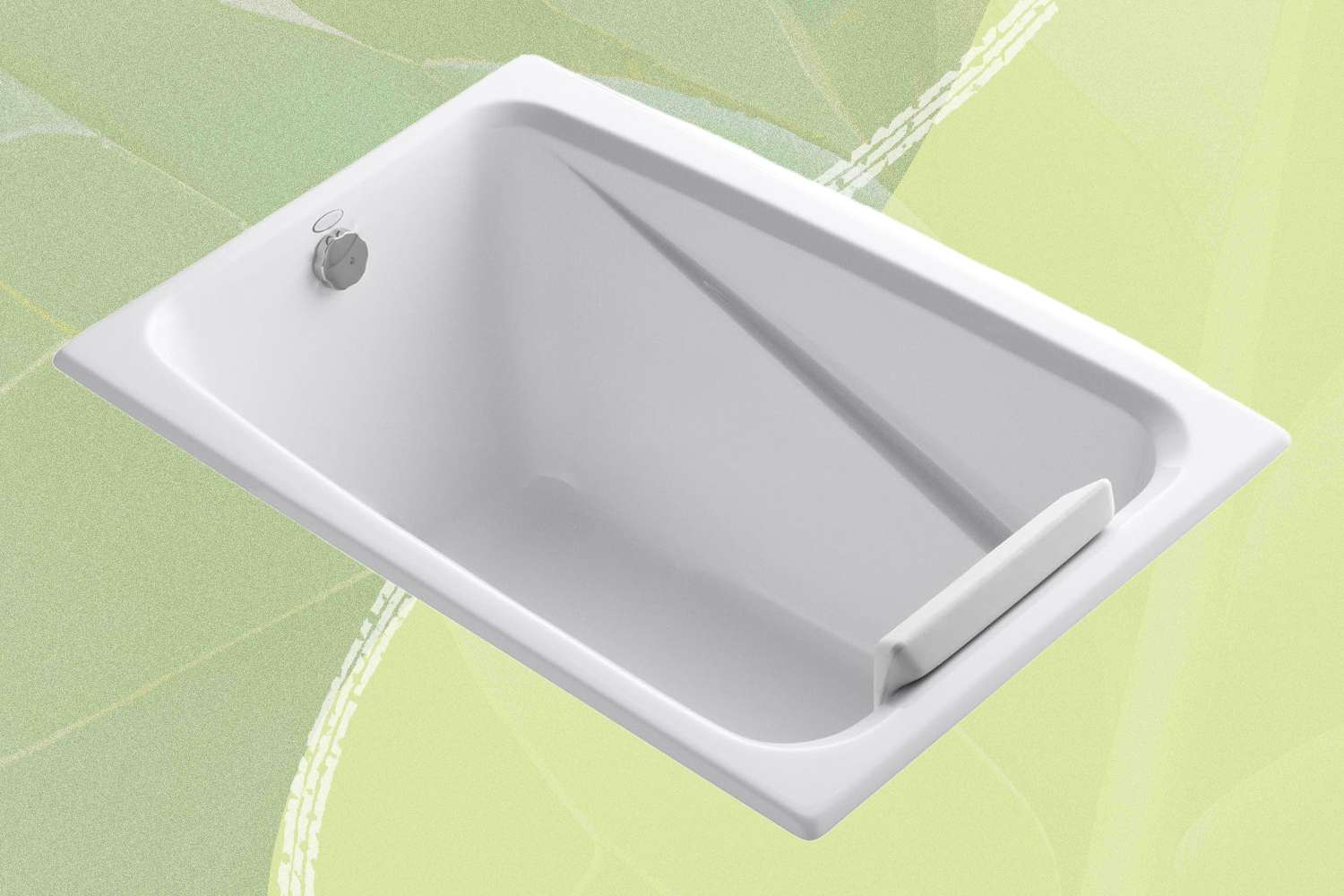
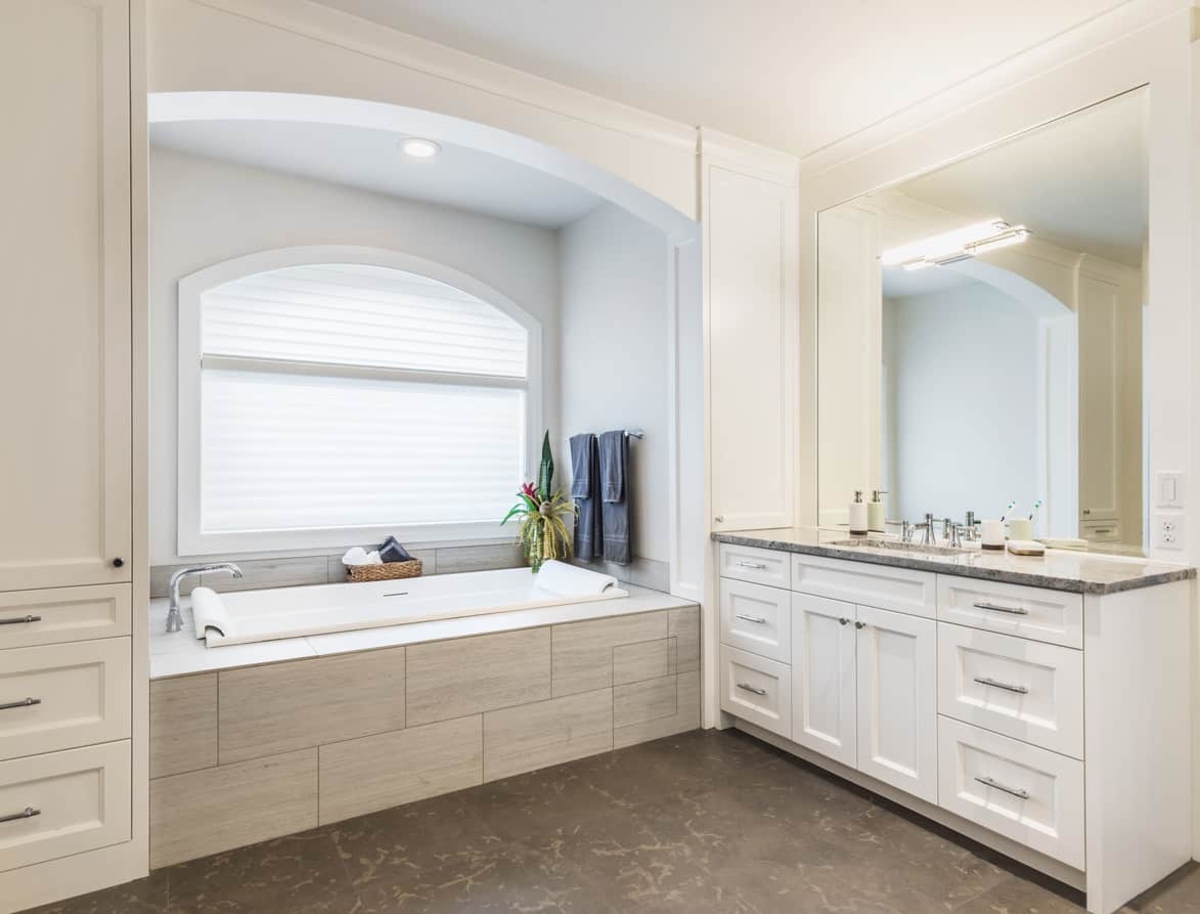
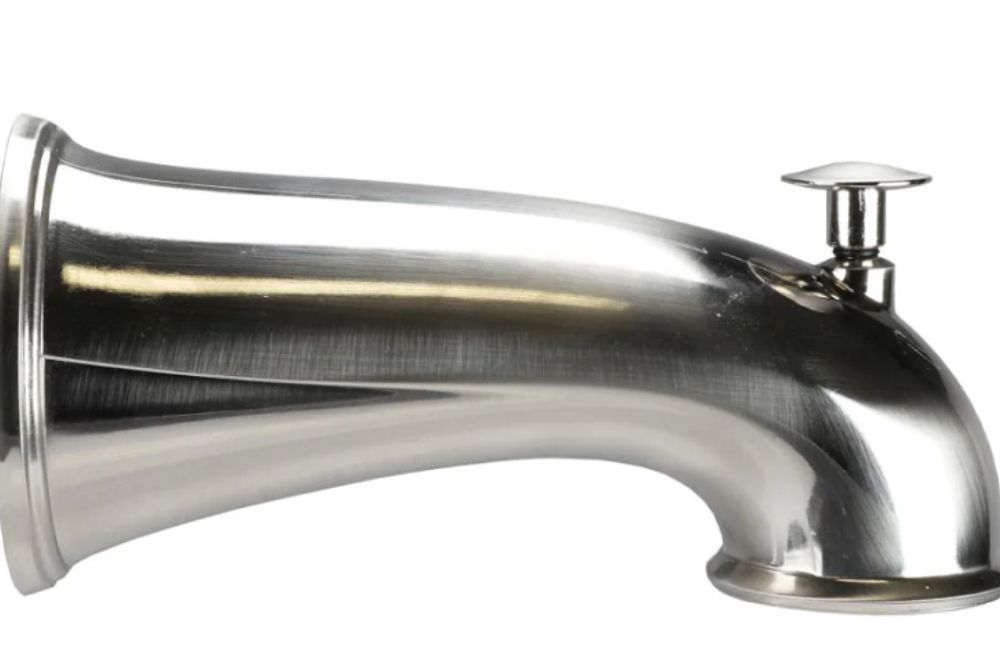
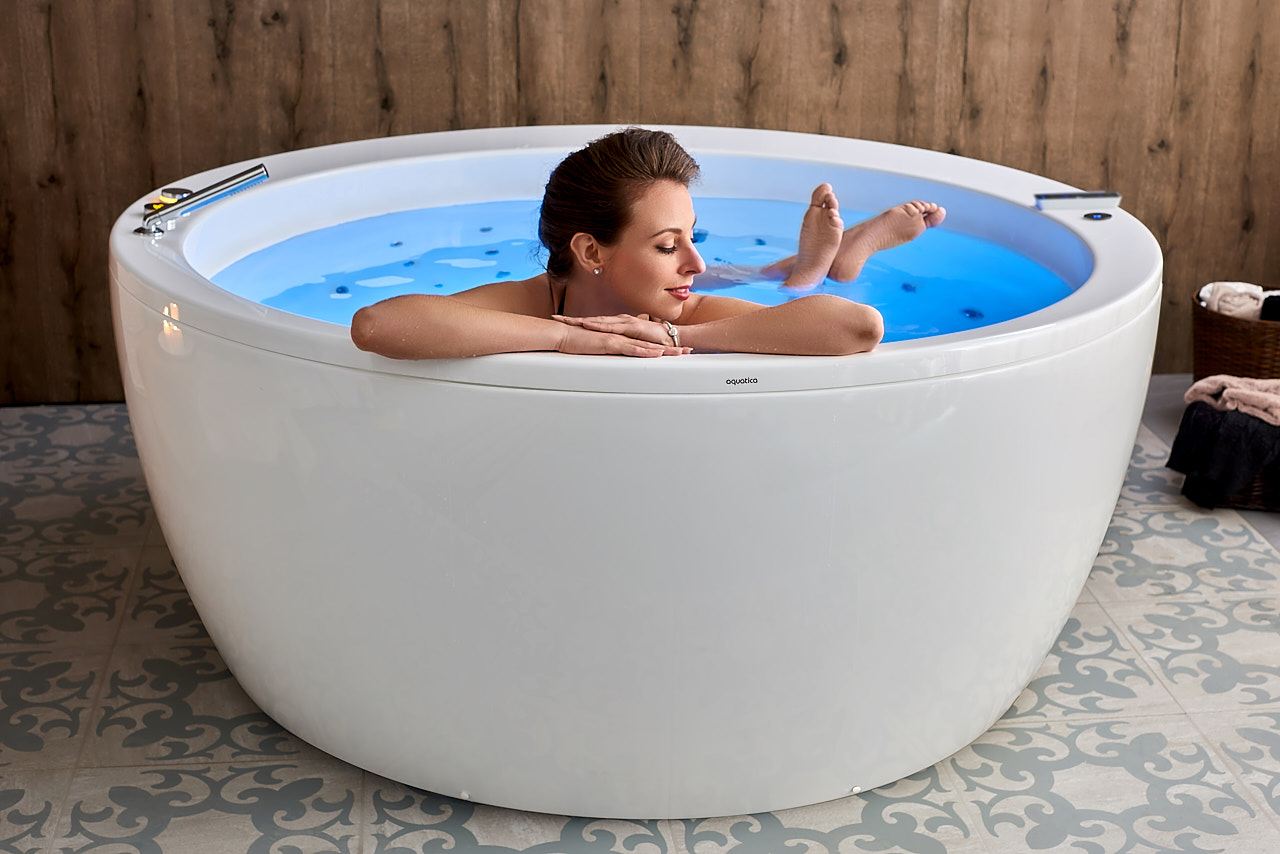
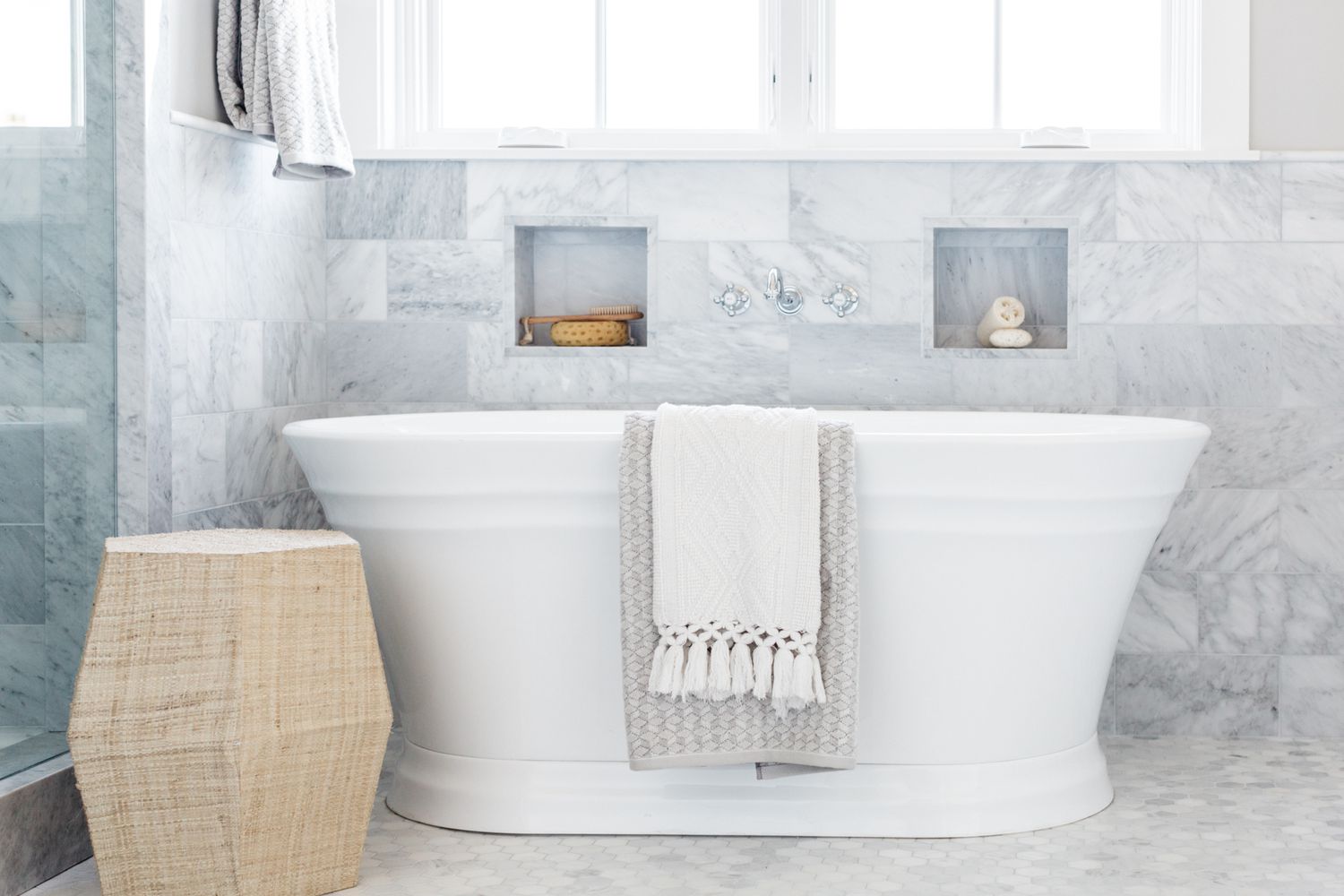

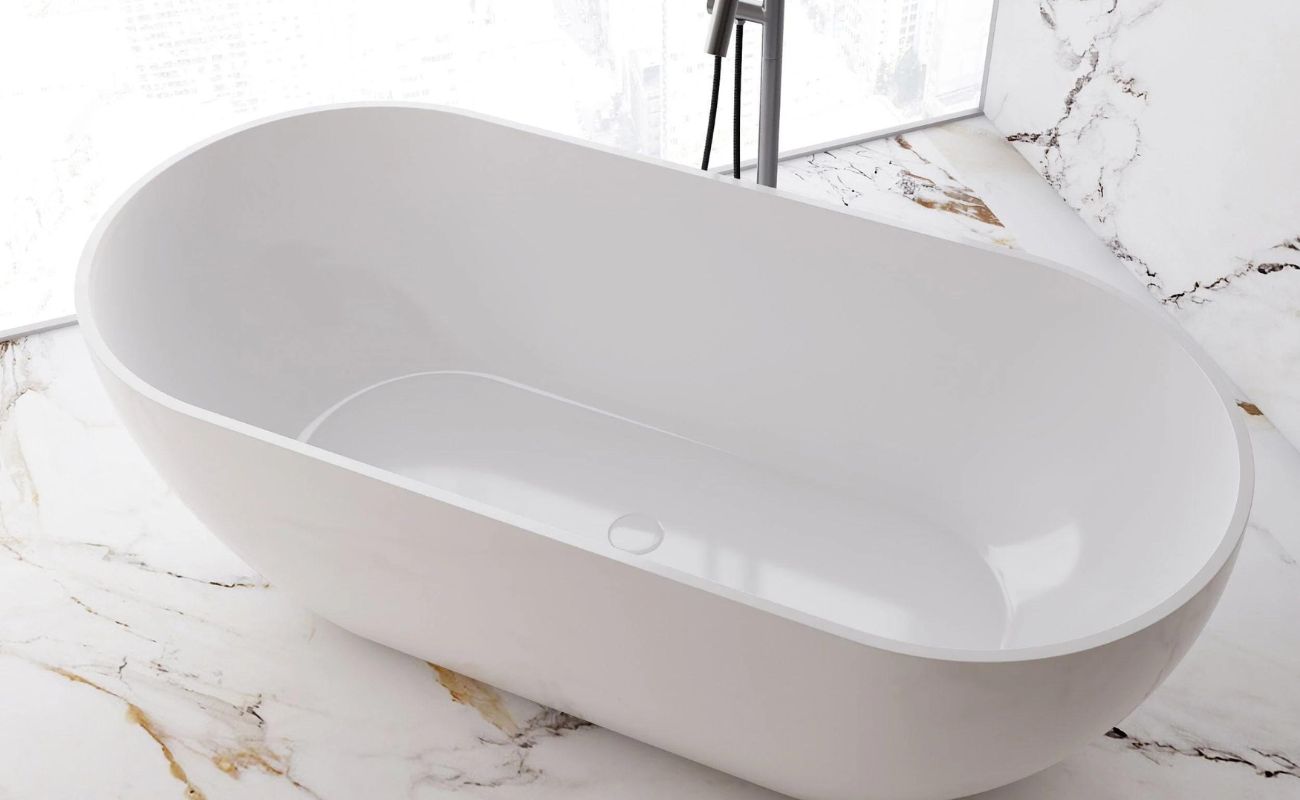
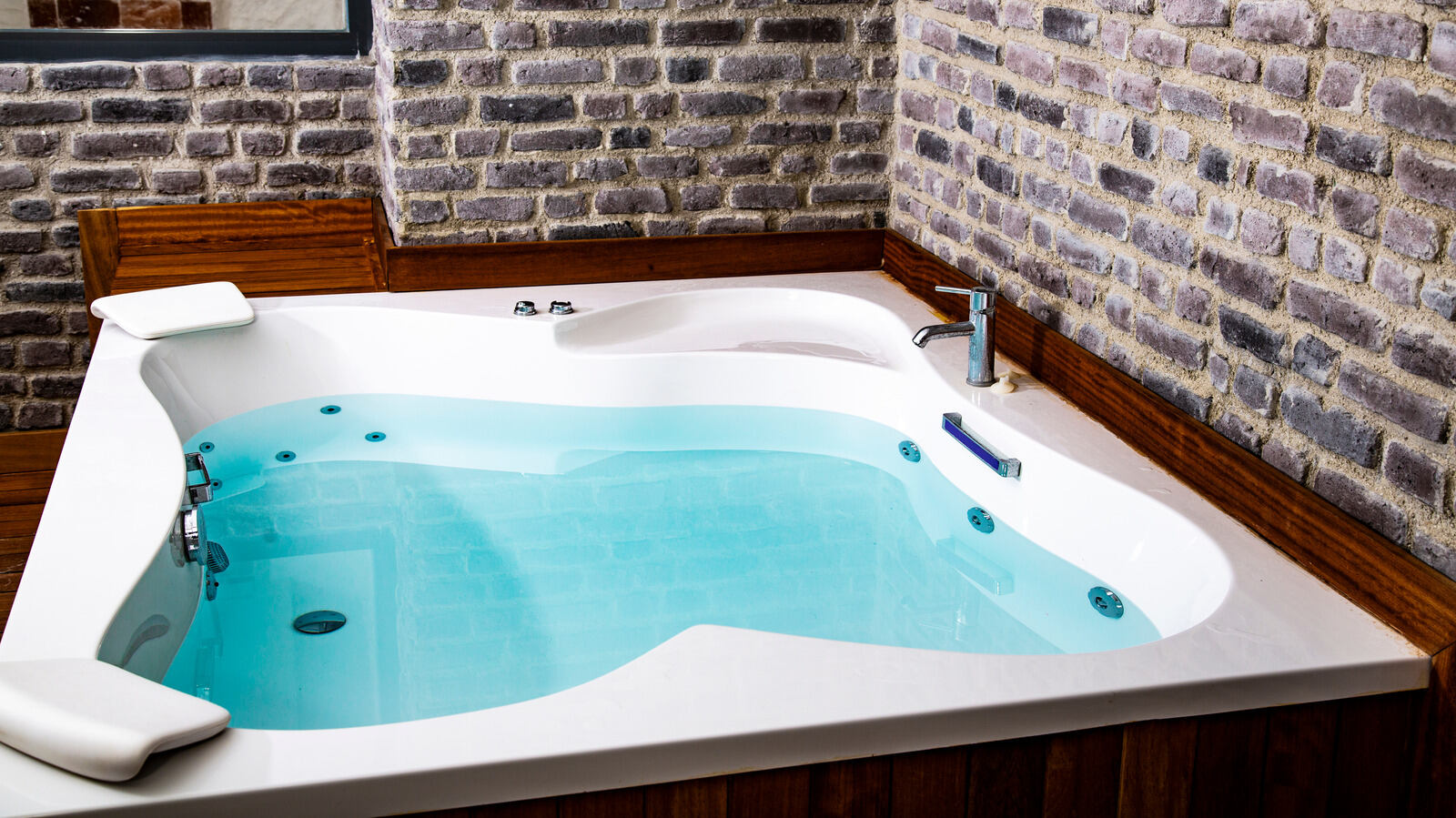
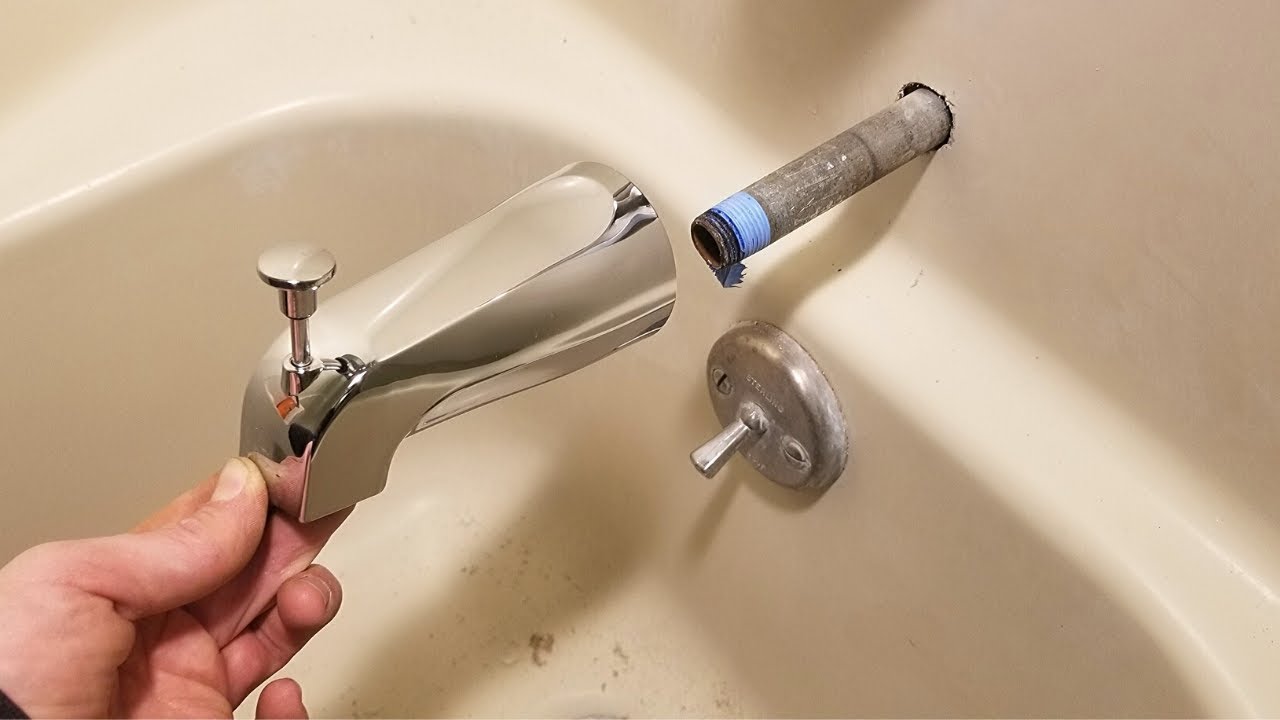
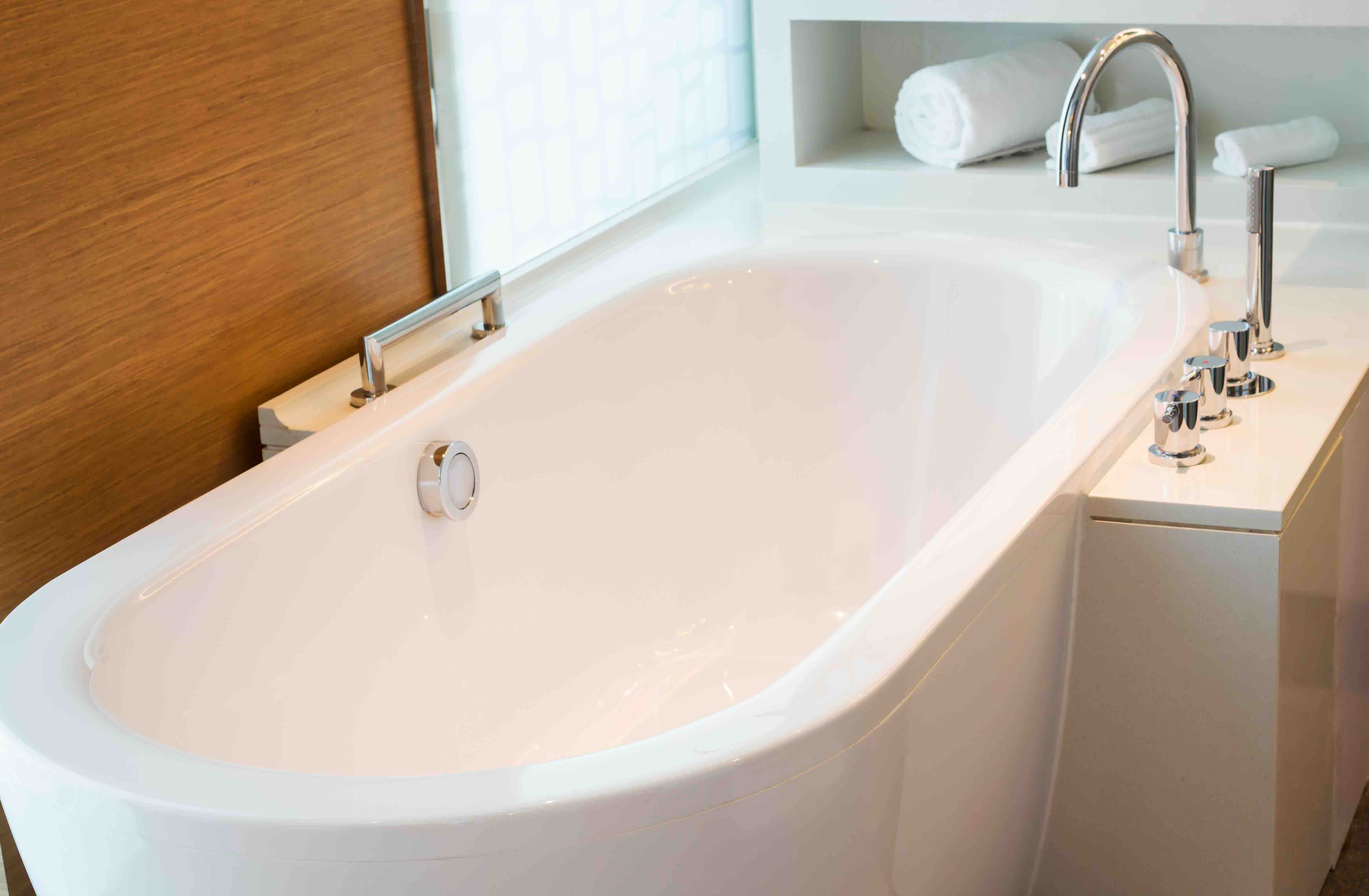
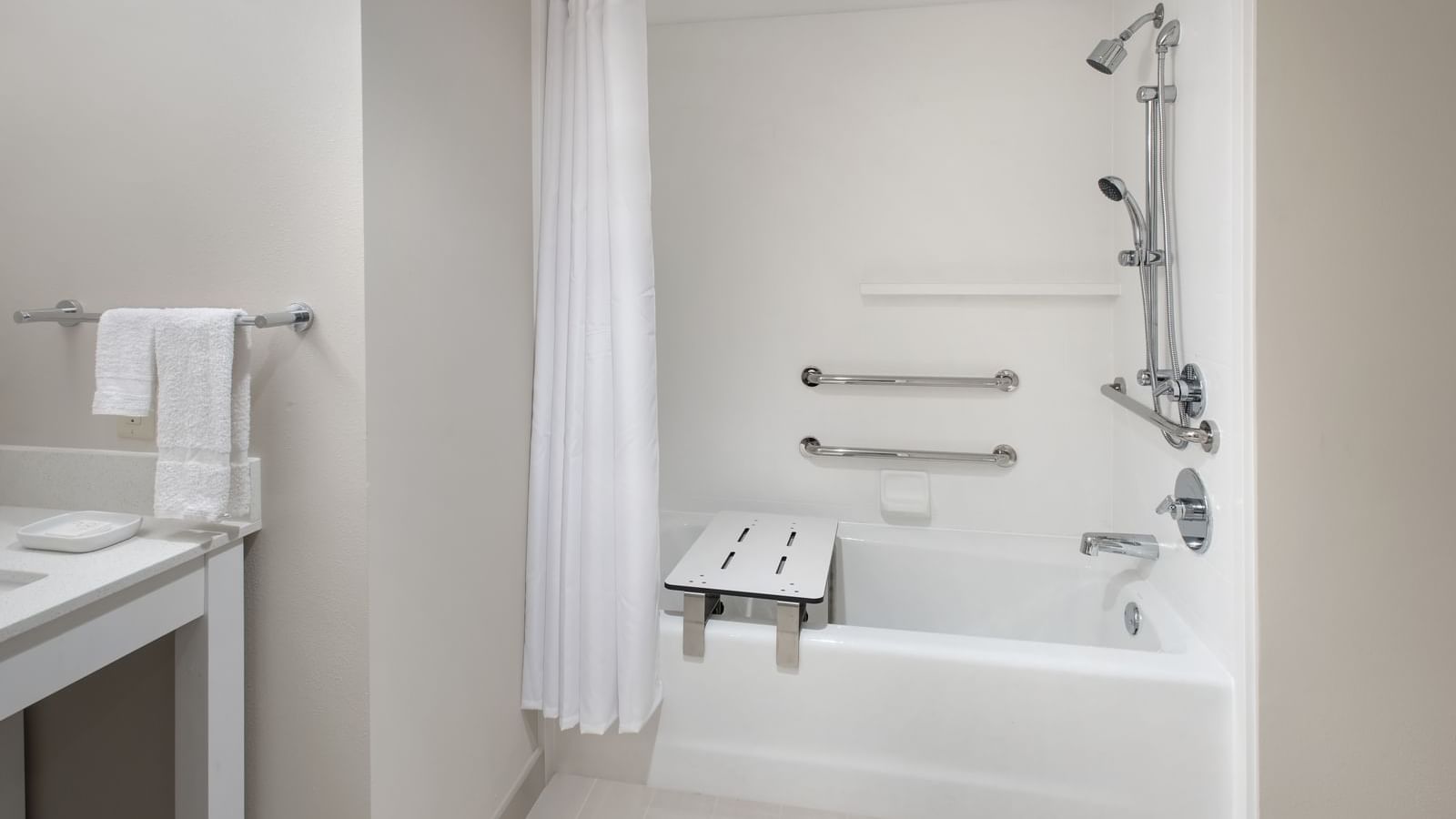
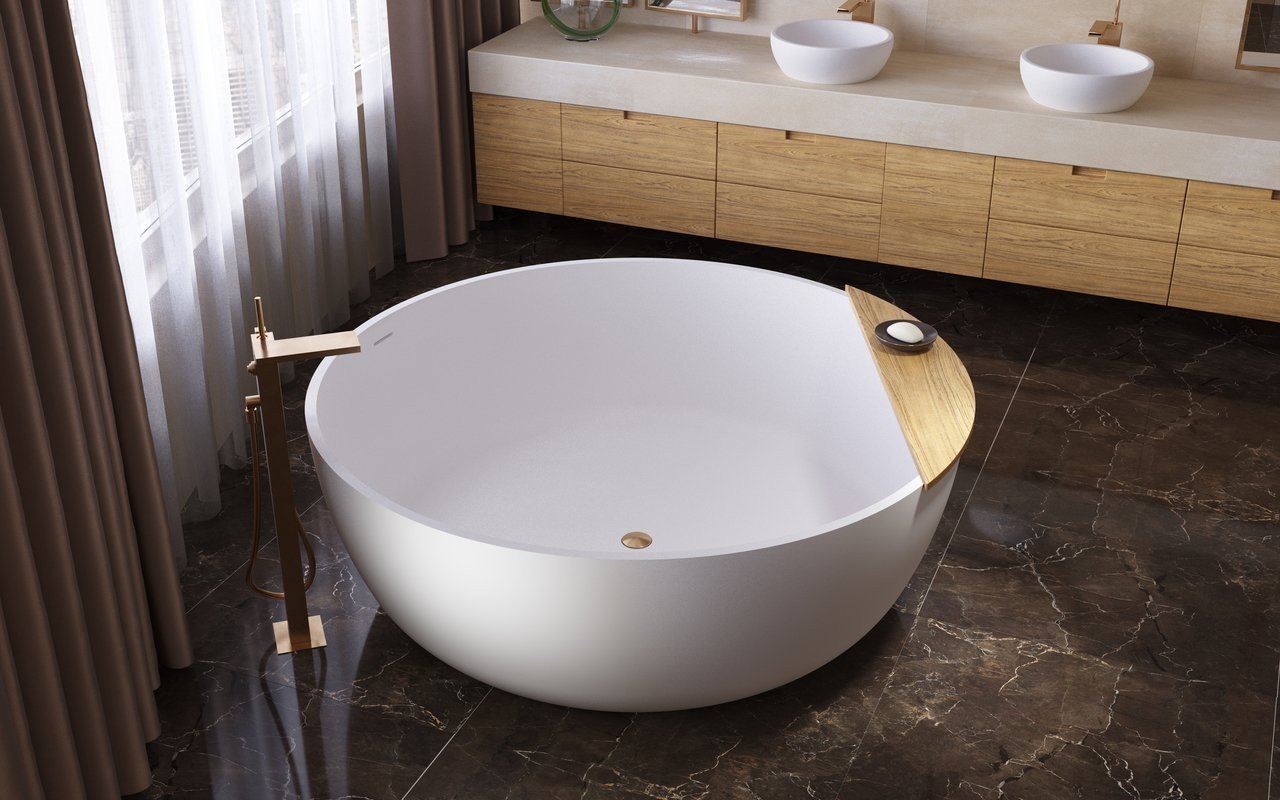

0 thoughts on “What Is A Bathtub?”